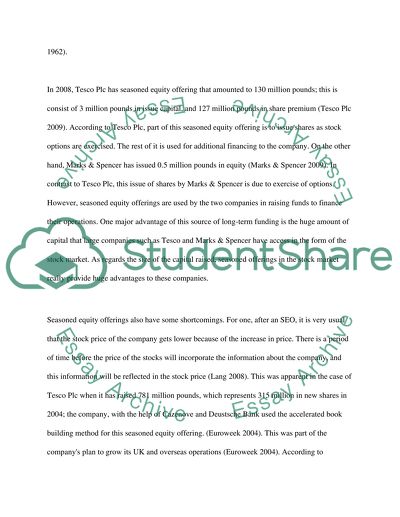Cite this document
(Long-Term Financing of Companies Essay Example | Topics and Well Written Essays - 1500 words, n.d.)
Long-Term Financing of Companies Essay Example | Topics and Well Written Essays - 1500 words. https://studentshare.org/finance-accounting/1560592-long-term-financing-of-companies
Long-Term Financing of Companies Essay Example | Topics and Well Written Essays - 1500 words. https://studentshare.org/finance-accounting/1560592-long-term-financing-of-companies
(Long-Term Financing of Companies Essay Example | Topics and Well Written Essays - 1500 Words)
Long-Term Financing of Companies Essay Example | Topics and Well Written Essays - 1500 Words. https://studentshare.org/finance-accounting/1560592-long-term-financing-of-companies.
Long-Term Financing of Companies Essay Example | Topics and Well Written Essays - 1500 Words. https://studentshare.org/finance-accounting/1560592-long-term-financing-of-companies.
“Long-Term Financing of Companies Essay Example | Topics and Well Written Essays - 1500 Words”. https://studentshare.org/finance-accounting/1560592-long-term-financing-of-companies.


